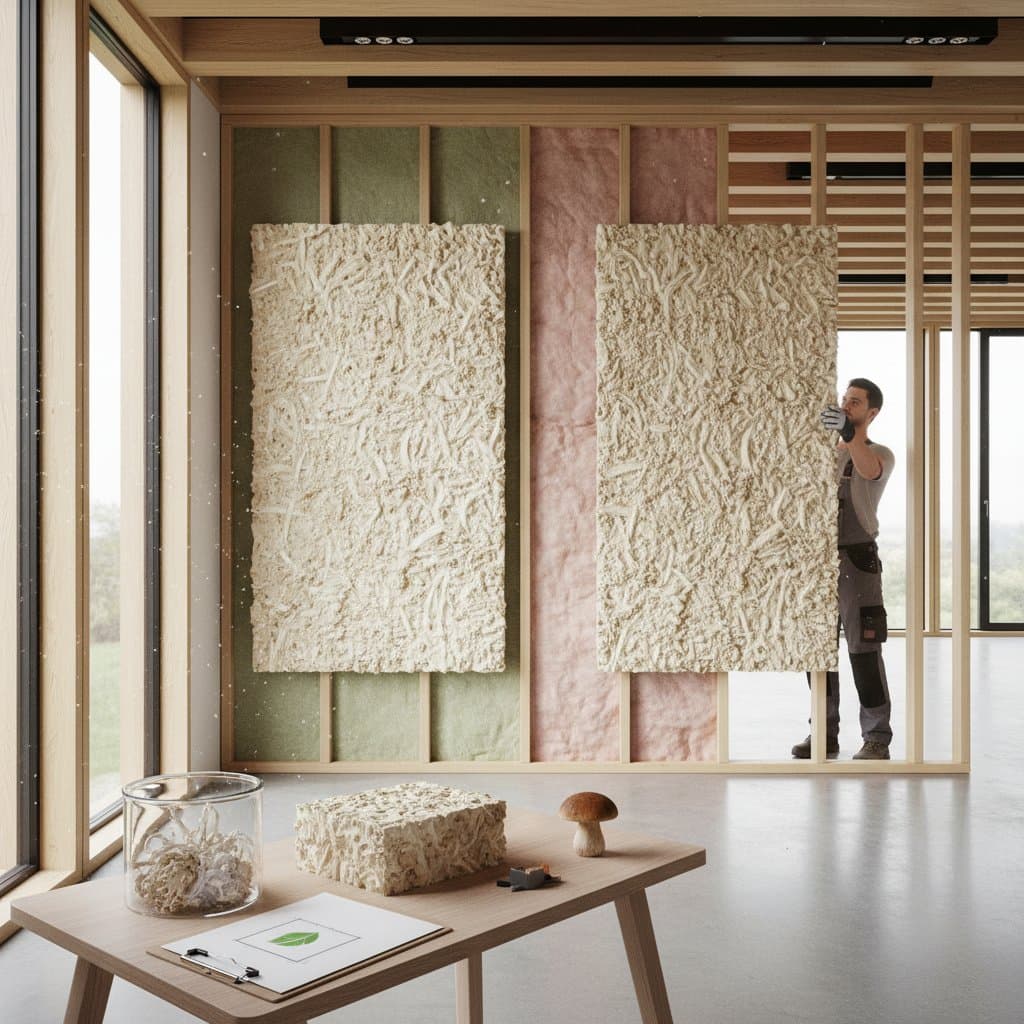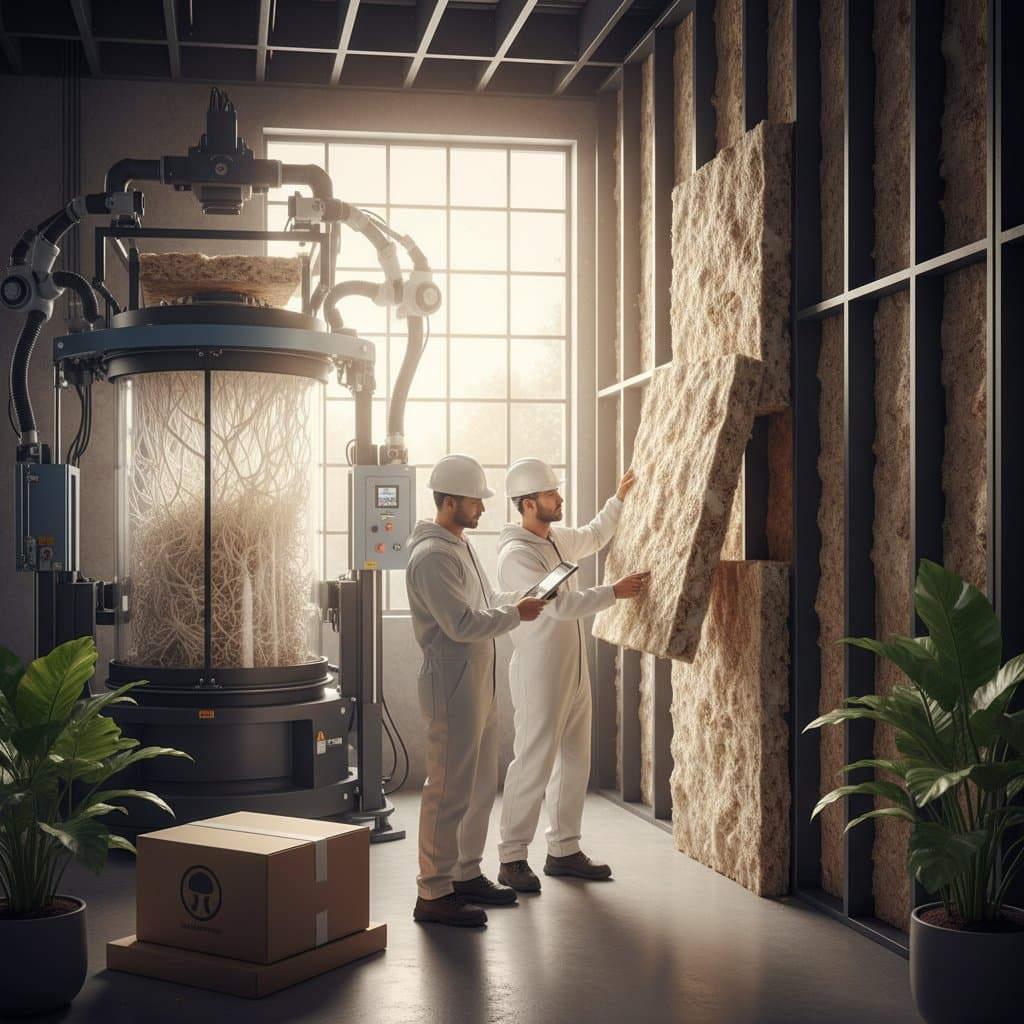Algae Facades: A Game-Changer for Urban Energy Efficiency
Algae facades are no longer a distant vision of futuristic architecture; they are a proven innovation reshaping how buildings function in urban environments. These dynamic systems harness microalgae to absorb carbon dioxide, release oxygen, and provide natural insulation, slashing energy consumption by up to 30 percent. Beyond their environmental benefits, they deliver a visually striking aesthetic and elevate property value, making them an attractive option for developers, architects, and property owners aiming to blend sustainability with style. As cities wrestle with pollution and rising temperatures, algae facades emerge as a powerful tool for creating healthier, more adaptive urban spaces.
Why Algae Facades Matter for City Living
- Air Quality Improvement: These living systems act as natural filters, pulling pollutants from the air and converting carbon dioxide into oxygen, which directly enhances the surrounding environment.
- Significant Energy Reduction: By serving as a thermal shield, algae facades minimize reliance on mechanical cooling and ventilation, leading to substantial cost savings on utility bills.
- Heat Island Mitigation: Microalgae help buildings combat the intense heat trapped in urban areas, providing a buffer against temperature spikes and fostering climate resilience.
- Visual Appeal: The panels offer a living, evolving design element, with colors and textures shifting over time, adding a unique character to any structure.
- Boosted Market Value: Properties featuring sustainable innovations like algae facades often see an increase in worth, with estimates suggesting a rise of 10 to 20 percent due to their eco-friendly appeal.
Tackling Urban Air Pollution Head-On
Cities today struggle with persistent air quality issues, fueled by vehicle emissions, industrial activity, and construction debris. Traditional building materials worsen the problem by retaining heat and requiring energy-intensive cooling systems, which perpetuate a cycle of inefficiency and higher emissions. In densely packed urban zones, energy demands for temperature control can surge by 40 percent due to poor insulation. Algae facades disrupt this pattern, transforming buildings into active contributors to cleaner air, benefiting not only the environment but also the health and comfort of those within.
How to Bring Algae Facades to Your Building
Start with a Detailed Energy Analysis
Begin by conducting a comprehensive audit of your building’s energy use to pinpoint inefficiencies, such as outdated insulation or persistent air leaks. This initial step establishes a clear benchmark, allowing you to measure the impact of an algae facade on cooling costs and indoor air quality once installed.
Select the Best Algae Strain for Your Climate
Not all algae perform equally in every setting. In warm, humid regions, fast-growing species excel with abundant sunlight, while cooler, cloudier areas demand strains suited to lower light and temperature conditions. Collaborating with a biotechnology expert ensures you choose a culture tailored to your specific location for optimal results.
Leverage Smart Technology for Efficiency
Enhance your algae facade with intelligent systems that monitor and adjust key factors like water flow, nutrient levels, and panel clarity. Automated sensors can maintain the health of the algae, ensuring the system operates smoothly without constant manual oversight, and turning the facade into a self-sustaining building feature.
Plan for Simple Maintenance
Long-term success hinges on easy upkeep, a detail often underestimated. Design your facade with accessible panels that allow for routine cleaning or replacement without interrupting building operations. Scheduling professional inspections every few months prevents issues like biofilm accumulation and keeps performance consistent.
Combine with Other Green Technologies
Maximize impact by integrating algae facades with complementary solutions, such as solar panels or geothermal heating systems. This combination can propel your building toward net-positive energy status, generating more power than it uses while maintaining a minimal environmental footprint.
The Wider Ripple Effects of Living Architecture
Algae facades offer benefits that extend well beyond cleaner air and reduced energy bills. Their visual impact creates a standout identity for any building, with panels that subtly illuminate at night or shift in hue as algae density changes, reflecting a commitment to cutting-edge design. Moreover, the oxygen-rich air they produce fosters healthier indoor spaces, a feature increasingly prioritized by tenants and buyers in urban markets, enhancing both well-being and property appeal.
Voices from the Field
Dr. Elaine Morris, a biotechnologist specializing in urban sustainability, highlights their potential: "Buildings are becoming living systems, and algae facades play a crucial role in that evolution. They're as effective at purifying air as natural vegetation." Architect Daniel Ruiz, who has implemented such projects, notes, "With careful design, these facades merge aesthetics and function. I've seen clients amazed at how durable they are with proper maintenance."
Shaping a Sustainable Urban Tomorrow
Embracing algae facades places you at the vanguard of eco-conscious urban development. This technology represents more than a mere building upgrade; it embodies a pledge to create cities that are healthier and more responsive to their residents’ needs. Whether you oversee a towering commercial structure or a residential property, the moment to explore these living systems is now. Begin with an energy audit, consult with specialists, and take the first step toward a building that actively contributes to a greener future.







